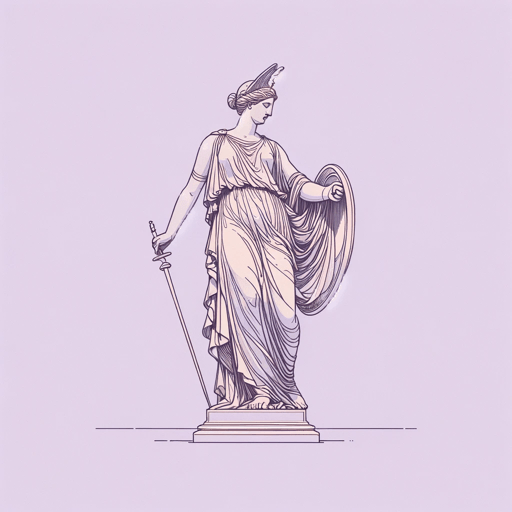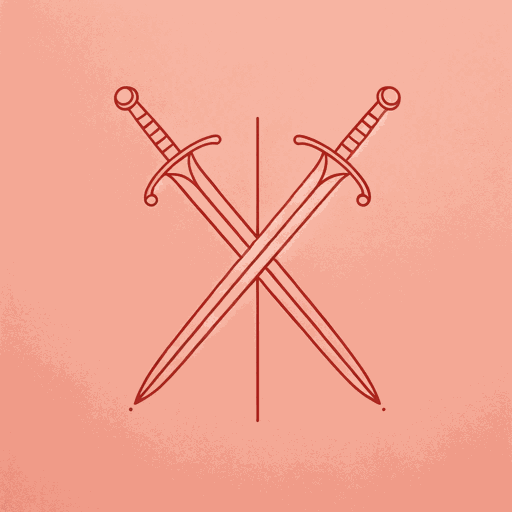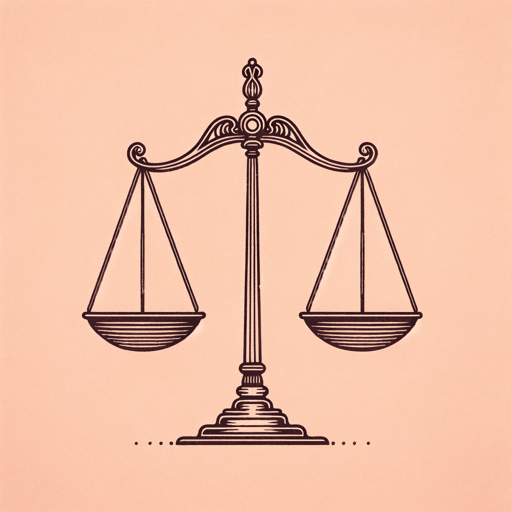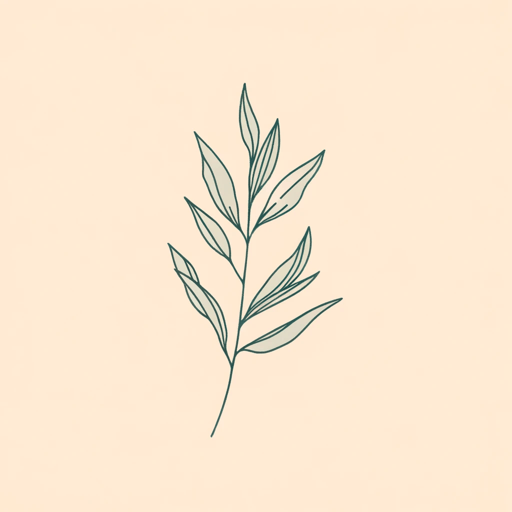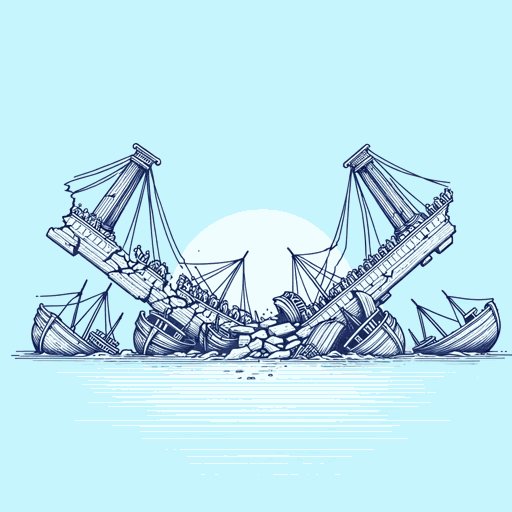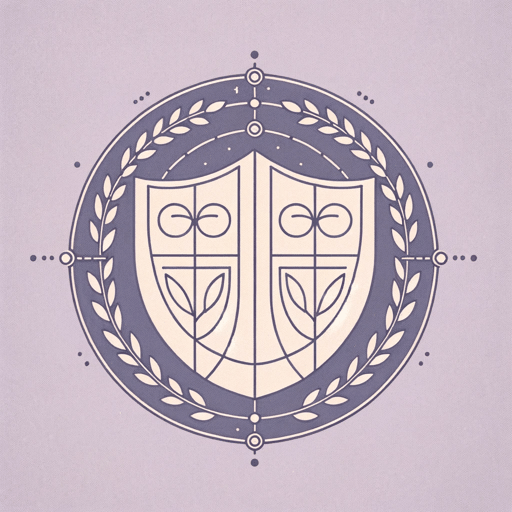36 pages • 1 hour read
AeschylusEumenides
Fiction | Play | Adult | Published in 458A modern alternative to SparkNotes and CliffsNotes, SuperSummary offers high-quality Study Guides with detailed chapter summaries and analysis of major themes, characters, and more.
Symbols & Motifs
Light and Darkness
The interplay of light and darkness is a central motif throughout the play. The Furies in particular are represented as dark beings, while their rival Apollo represents the light (indeed, one of Apollo’s most important epithets—and the first name used to refer to the god in the beginning of the play—is Phoebus, which means “bright” or “shining” in Greek). This interplay of light and dark in the play thus builds on some of the play’s larger themes, especially the conflict between the Old Versus New Gods.
The play can be seen as a movement from darkness to light. When the audience or reader first encounters Orestes, he is in the unlit space of Apollo’s temple at Delphi, where he is surrounded by the grim Furies, creatures who “hold the evil darkness of the Put below” (71). The Furies symbolically keep Orestes out of the light. Their own mother is Night, and their home is “underneath the ground / And in no sunlight and in darkness” (395-96).
When Orestes escapes the darkness of the Furies’ punishment, he manages to escape into “the light” (746). But the Furies also move toward the light, at least to some degree, when they accept Athena’s offer for new cult honors at Athens.
Related Titles
By Aeschylus
Featured Collections
9th-12th Grade Historical Fiction
View Collection
Ancient Greece
View Collection
Books on Justice & Injustice
View Collection
Dramatic Plays
View Collection
Guilt
View Collection
Philosophy, Logic, & Ethics
View Collection
Political Science Texts
View Collection
Revenge
View Collection
Sexual Harassment & Violence
View Collection
